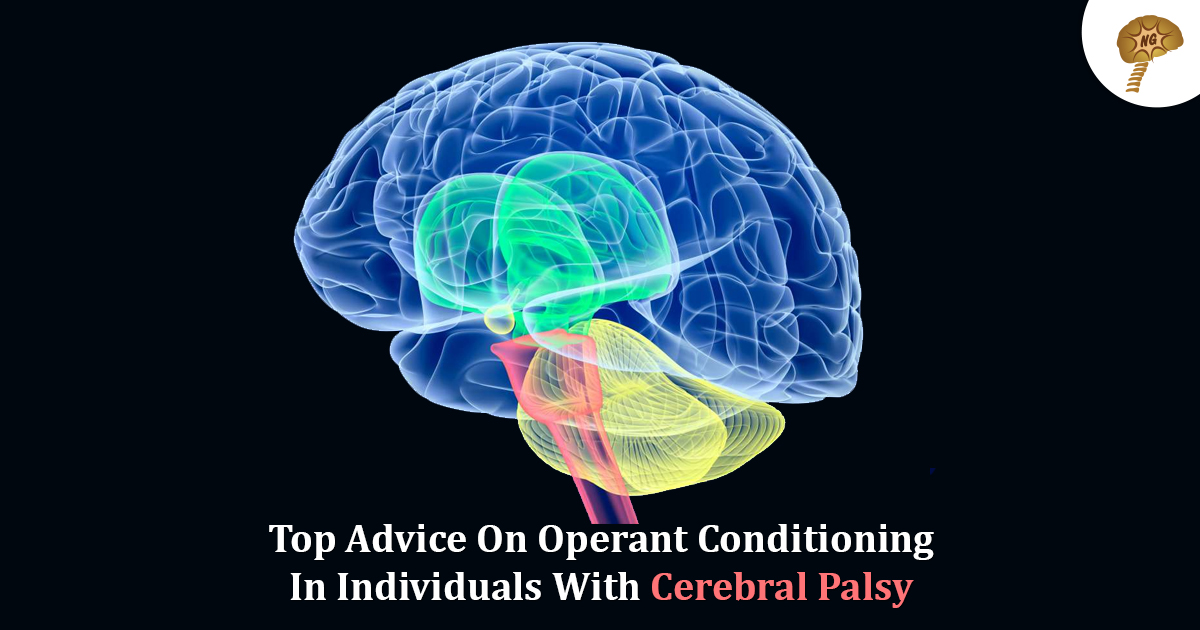
Cerebral palsy is the cause of physical disability among children. It is a muscular disorder which affects the person’s posture and movement that leads to a limitation in the activities. This disorder is due to the damage to a developing brain of fetal or infants. Cerebral palsy not only causes motor disturbances but, is also linked to cognitive, sensory, social, speech and communication deficiencies. Respiratory illness, seizures, and other musculoskeletal disorders affect people with cerebral palsy.
Analysis Of Cerebral Palsy
Cerebral palsy includes many types of neuron-muscular dysfunctions that result from damage to the central nervous system before or shortly after birth. The signs and symptoms of cerebral palsy are not readily visible at birth but, may surface anytime during the first five years of the child’s life. The most common early sign is the developmental delay or the excess time taken to reach the growth milestones in a child, such as sitting, crawling and rolling over.
The motor difficulties in people with cerebral palsy limit their mobility and movements. This lack of mobility limits the child’s access to objects that can distress and depress them. The appropriate motor responses required for more complex motor skills may never develop and the individual’s motor skill will gradually disappear. They stop making responses because they never attain positive consequences.
Some movements of individuals with cerebral palsy elicit painful reflexes and muscle spasms. The painful gaits are due to tendons tightness or muscle atrophy. When moving around becomes constantly punishing, the individuals will avoid moving.
After cell therapy, the doctor suggests rehabilitation therapies to help individuals with cerebral palsy regain their lost motor and behavior skills. As a human brain is an organ that can modify itself to any changes, operant conditioning is a method to revive or train the idle brain cells to accomplish the function of damaged brain cells. Employing operant conditioning in individuals with cerebral palsy is effective in restoring the muscle function even after a paralytic period.
Operant Conditioning
In an operant conditioning, the behavior is managed by the rewarding method. Thus, in people with cerebral palsy, the behavior is acquired through reward. The intervention with applied behavior analysis (ABA) has demonstrated effective techniques for influencing new behavior and also for teaching skills that are employed in day to day living. Applied behavior analysis is one of the early interventions that therapists work to bring about contingent positive reinforcement into practice.
In children with cerebral palsy, the therapists work to stimulate the child’s brain and also work with weak muscles for quick improvement. This positive operant conditioning is a combination of various behavior modification techniques like occupational therapy, play therapy and physical therapy that works in unison to improve the individual’s interaction skill, adapt with the environment and to improve motor functioning. The usefulness of positive operant conditioning is suitable for bringing progressive behavior modification in children with CP and other neuromuscular disorders.








